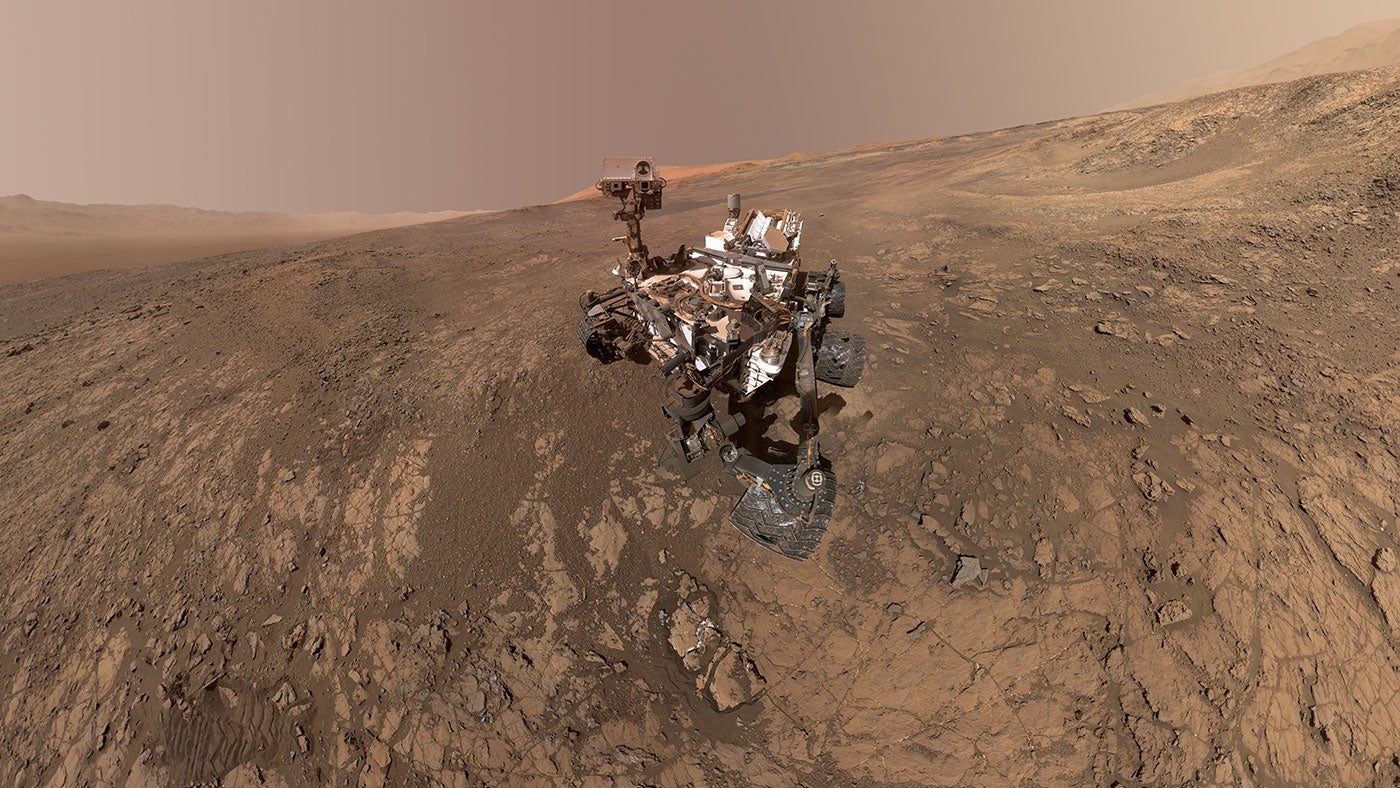On February 18, NASA’s Perseverance rover will arrive on Mars, beginning a new era of exploring the red planet.
It will land on the Jezero Crater, located north of the planet’s equator, and it will be a very challenging landing.
Unfortunately, only four out of ten Mars missions succeeded, according to NASA.
If all goes according to plan, the mission will likely significantly alter the human perception of extraterrestrial life. That would happen because scientists are confident that Jezero, a 28 mile-wide impact crater that once was a lake, is an optimal area to start looking for traces of ancient microbial life on the red planet.
After landing, the rover will begin collecting and storing Martian rock and soil samples, which will one day be shipped back to Earth. That is called a “sample-return mission,” It’s a rare kind of space exploration mission because of the high expenses it imposes.
Once Martian soil is returned to our planet in a matter of ten years, scientists will begin analyzing the material to determine if there was ever ancient life on the planet.
Still, some researchers believe that the data may lead to an even bigger question, like – Did life on Earth begin on Mars?
Though the concept that human life started on Mars before switching to Earth sounds like an SF movie concept, many famous scientists take the hypothesis into account.
The concept of life beginning elsewhere in space before making its way to Earth has a designated name – Panspermia. It’s a concept that life exists elsewhere in the universe, and it is distributed via asteroids and other space debris.
To be clear – the concept of human life beginning on Mars isn’t a prevalent concept in the scientific community, but it seems to be catching on. Researchers like Gary Ruvkun, a genetics professor at Harvard Medical School, claims that it is “obvious, in a way.”
The proof begins with how space debris moved around in the early stages of the solar system. There is indeed evidence of an exchange of rocks between Earth and the red planet. Meteorites from Mars were discovered in Antarctica and across the land – a total of 159, according to the International Meteorite Collectors Association.
“You can assign them to Mars based on the gaseous inclusions that they have, that are sort of the equivalent of the gases that were shown by the Viking spacecraft […] So, there is exchange between Mars and Earth – probably more often going from Mars to Earth because it goes ‘downhill,’ going to Mars is ‘uphill,’ gravitationally-speaking,” said Ruvkun.
Still, for Ruvkun, whose expertise is genomics, it’s the timing of cellular life that he thinks makes a solid point that life on our planet came from another planet – maybe Mars or one of its neighbors.
Ruvkun mentioned that the human genome hosts the history of life, and it provides substantial clues about early humans that preceded Homo Sapiens by millions or even billions of years. He said that in our genomes, “you can kind of see the history” and that there is the RNA world that predated the DNA world and it’s very well backed up by “all kind of current biology, so we know the steps that evolution took in order to get to where we are now.”
The advancement of genomics and the understanding of the Last Universal Common Ancestor (LUCA, in short) means that the organisms from which all life on our planet evolved from have significantly progressed.
By analyzing the genetics of all organisms on our planet, scientists have a very advanced sense of what the single-celled ancestor of every living organism on our planet looked like. They also figured out the timeline – all modern life forms descend from a single-celled parent organism from about 3.9 billion years ago–only some 200 million years after the first liquid water manifestation.
Comparing that to usual timestamps in space history, it is a relatively short time.
Also, the last universal common ancestor was somewhat complicated as far as organisms can go.
According to Ruvkun, that can lead to two possibilities:
“Either evolution to full-on modern genomes is really easy, or the reason you see it so fast was that we just ‘caught’ life. It didn’t actually start here. […] I like the idea that we just caught it, and that’s why it’s so fast, but I’m an outlier.”
If that is the case, then Erik Asphaug, a reputable planetary science professor of the University of Arizona, is also an outlier. He stated that what scientists know about the eldest Earthly rocks – which have a chemical makeup that includes traces of carbon isotopes tracing back to approximately four billion years ago – show us signs that life “started forming on Earth almost as soon as it was possible for it to happen.”
If that is the case, an unprecedented situation is happening – “Let’s say you expect life to be flourishing whenever a planet cools down to the point where it can start to have liquid water,” said Asphaug.
“But just looking at our own solar system, what planet was likely to be habitable first? Almost certainly Mars,” he added.













Leave a Reply